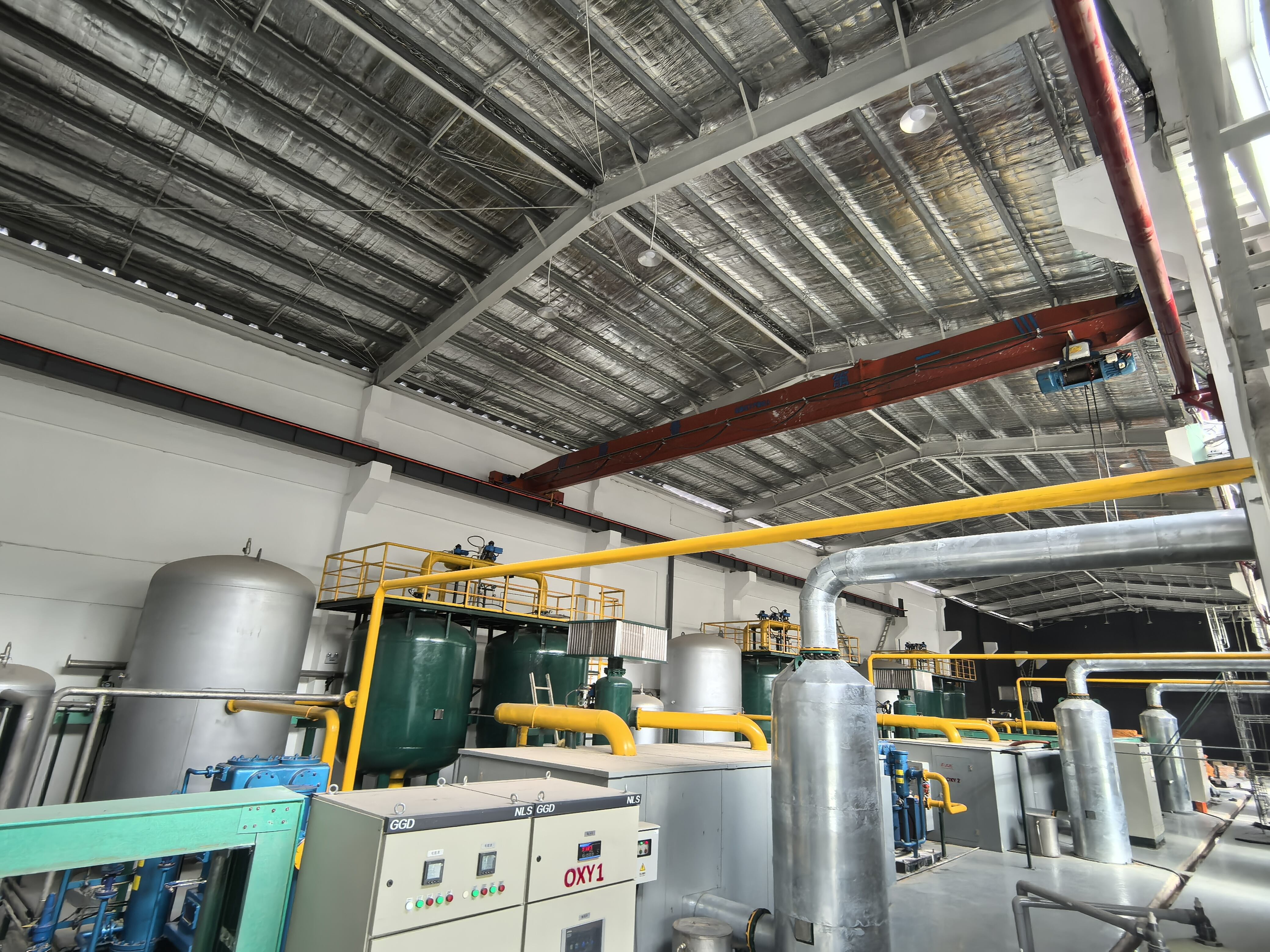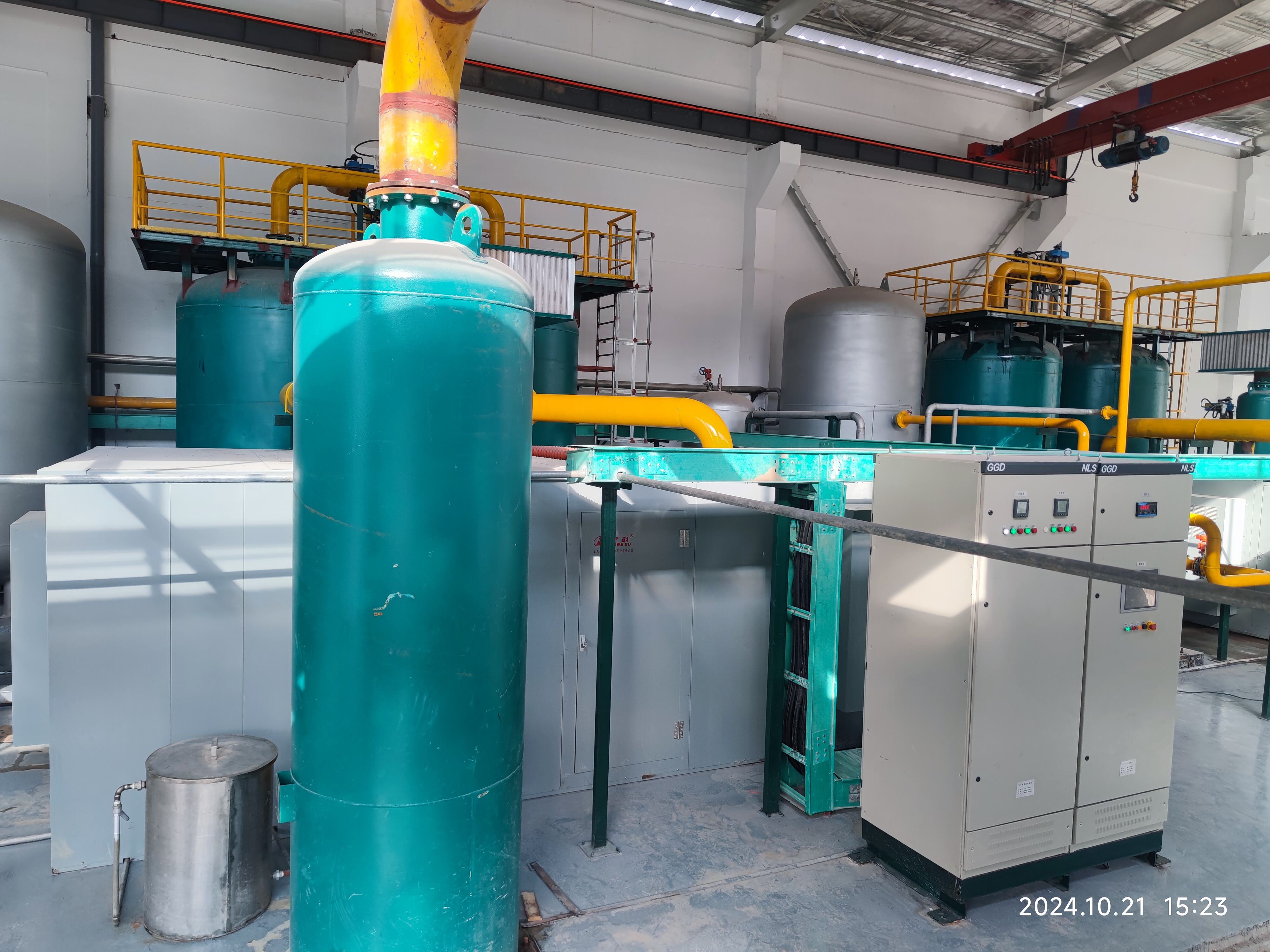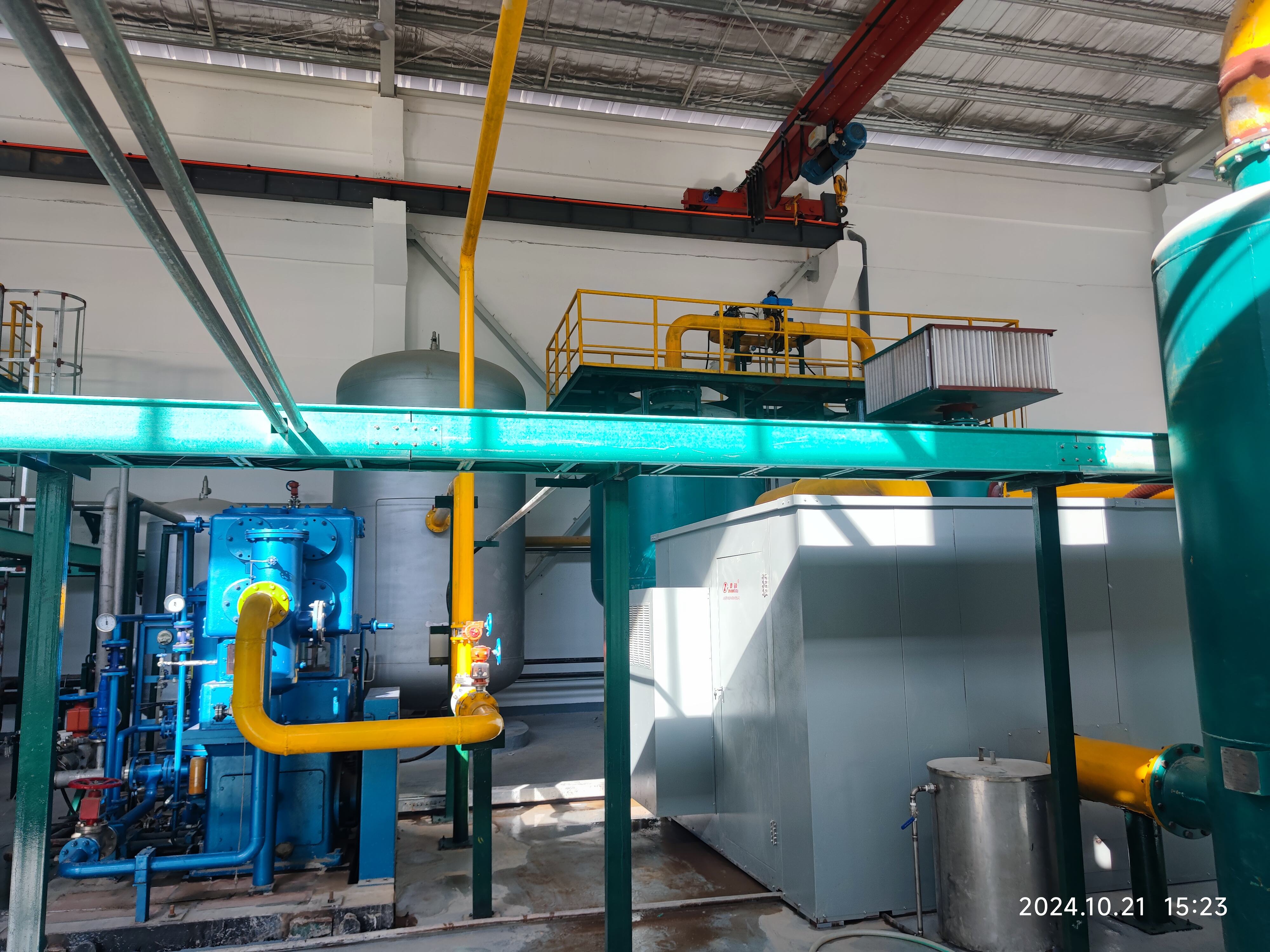vpsa protsess jariyasi
VPSA (Vacuum Pressure Swing Adsorption) texnologiyasi, gaz ajratish va tozalash uchun eng so‘nggi davrda ishlab chiqilgan texnologiyani ifodalaydi. Ushbu yuqori sifatli tizim maxsus adsorbtsiya konteynerlari ichida aniq boshqariladigan bosim o‘zgarishlaridan foydalanib ishlaydi. Jarayon havo atmosferasidan suv to‘qiriqligi orqali tizimga kiruvchi havoning filtrlanishi bilan boshlanadi, bu yerda qop qalinliklari va songlangan taqlantiruvchilar olib tashlanadi. Filtrlangan havo keyin adsorbent ovozliksidan o‘tadi, umumiy holatda molekulyar sitelar yoki zeolitlardan iborat bo‘lib, ular gaz molekulalarini ulushi va xususiyatlari asosida tanlab oladi. VPSA-ni ajralib turishi uniqligi shundaki, adsorbtsiya va desorbtsiya fazalarini optimallashtirish uchun vakuum va bosilingan holatlar orasida almashuvli jarayonni amalga oshiradi. Tizim parallel ravishda ishlov beradigan bir nechta konteynerdan foydalanadi, barcha konteynerlar tikillash tsikllaridan o‘tkazilayotgan holatda ham, davom etuvchi ishlanma hosil qiladi. Muassasaviy VPSA tizimlari haqiqiy vaqtda jarayon parametrlarini kuzatib borish va moslashtirish uchun sofistikeylangan boshqaruv tizimlariga ega. Ushbu texnologiya tibbiy muassasalarda, poytaxtlarda va suvning organik songlangan taqlantiruvchilardan tozalash stantsiyalarida oksigen yaratish kabi san’atli gazlarni ishlab chiqarishda keng qo‘llaniladi. Jarayon energiya effektivligini saqlash orqali baland sifatli darajaga erishadi va bu uni turli san’atli ajratish talablari uchun ishonchli gaz ajratishga ega bo‘lgan tizim sifatida ko‘proq tan olishiga sabab bo‘ladi.


